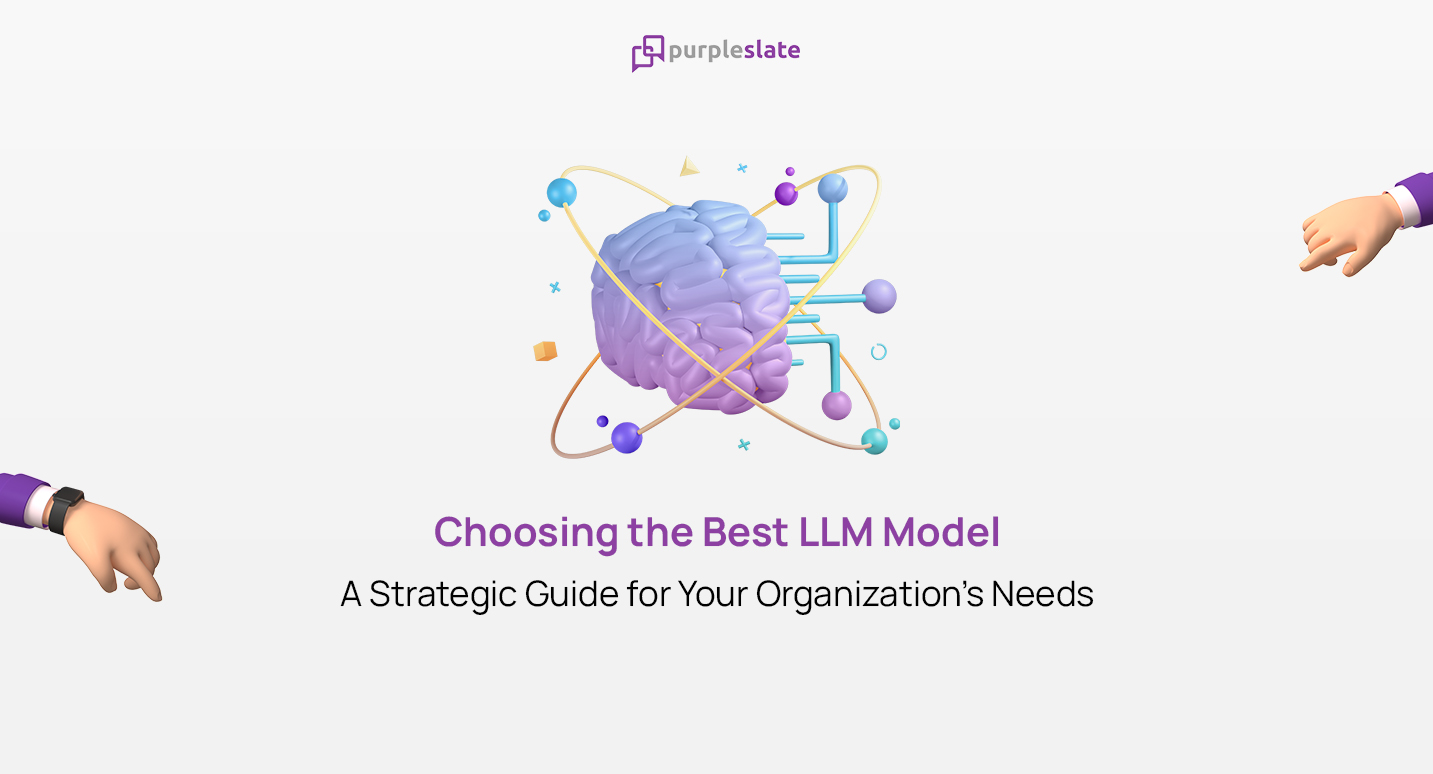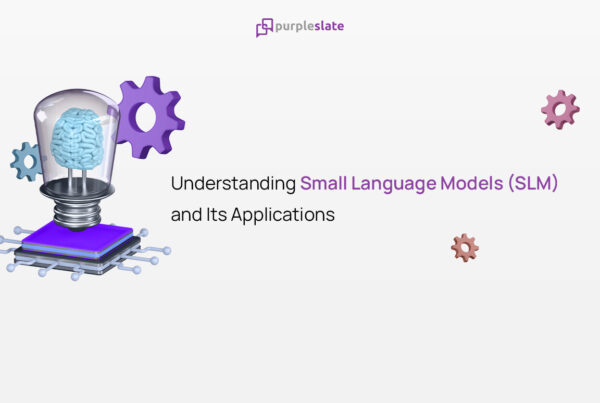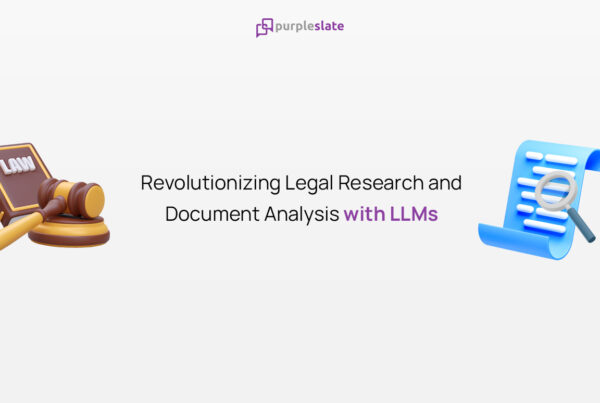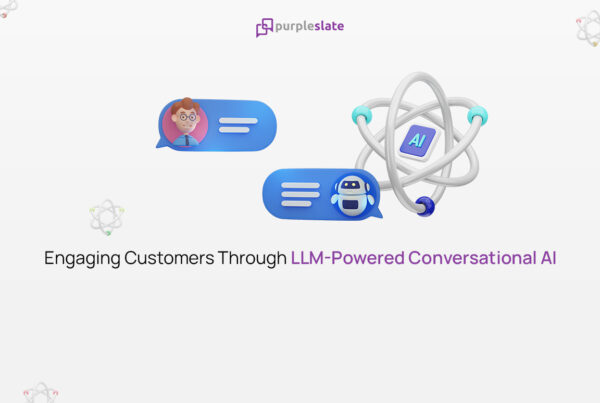
Introduction
In today’s rapidly evolving technological landscape, large language models (LLMs) have emerged as powerful tools for organizations looking to leverage the capabilities of artificial intelligence (AI) in natural language processing (NLP) tasks. From generating human-like text to powering chatbots and virtual assistants, LLMs have revolutionized various industries. However, with the multitude of LLMs available, selecting the right (LLM Model) one for your organization can be a daunting task. This comprehensive blog aims to demystify the process and equip you with the knowledge to make an informed decision.
Understanding LLMs: A Brief Overview
Large Language Models (LLMs) are advanced artificial intelligence systems trained on vast amounts of text data using deep learning techniques, particularly transformer architectures. These models are designed to understand and generate human-like language, enabling them to perform a wide range of natural language processing (NLP) tasks with remarkable accuracy and fluency. LLMs leverage sophisticated algorithms to process and analyze text data, extracting meaningful insights, generating coherent responses, and facilitating human-machine interaction in natural language. They have applications across various industries, including content generation, customer support, healthcare documentation, and more.
When evaluating LLMs, several key considerations come into play. These include performance metrics such as accuracy, fluency, and coherence, scalability, resource requirements, customization options, and ethical considerations. It’s essential to carefully assess these factors to ensure the selected LLM aligns with the organization’s specific needs and objectives. Popular LLM models in the market include GPT (Generative Pre-trained Transformer) series, BERT (Bidirectional Encoder Representations from Transformers), XLNet, T5 (Text-To-Text Transfer Transformer), and Turing-NLG. Successful implementation and integration of LLMs into organizational workflows require meticulous planning, data preparation, fine-tuning, evaluation, and ongoing support.
Exploring the Impact of LLMs on Organizations
The impact of Large Language Models (LLMs) on organizations is profound, touching upon various aspects of operations, innovation, and competitiveness. Let’s delve into how LLMs are reshaping the landscape for businesses across different sectors:
Enhanced Productivity and Efficiency:
LLMs enable automation and streamlining of numerous tasks that previously required significant human intervention. By leveraging natural language processing (NLP) capabilities, organizations can automate document analysis, content generation, customer support, and more. This automation not only reduces manual workload but also enhances productivity and efficiency by accelerating processes and minimizing errors.
Personalized Customer Experiences:
With the ability to understand and generate human-like text, LLMs empower organizations to deliver personalized customer experiences at scale. Whether through tailored product recommendations, conversational chatbots, or customized marketing content, LLMs enable businesses to engage with customers in a more meaningful and relevant manner. This personalization fosters stronger customer relationships, increases satisfaction, and drives loyalty and retention.
Data-driven Decision Making:
LLMs offer organizations unparalleled access to insights derived from vast amounts of text data. By analyzing documents, reports, customer feedback, and market trends, LLMs can provide valuable intelligence to support decision-making processes. Whether it’s predicting market trends, identifying emerging risks, or optimizing business strategies, LLMs enable data-driven decision making that is both informed and agile.
Innovative Product Development:
LLMs stimulate innovation by facilitating ideation, prototyping, and experimentation. Organizations can harness LLMs to generate new ideas, explore novel concepts, and iterate on product designs more efficiently. Additionally, LLMs can assist in market research, competitive analysis, and trend forecasting, enabling organizations to stay ahead of the curve and drive innovation in their respective industries.
Improved Operational Intelligence:
By processing and interpreting vast amounts of textual data, LLMs provide organizations with deeper insights into their operations and performance metrics. Whether it’s analyzing customer feedback, monitoring supply chain dynamics, or detecting anomalies in financial transactions, LLMs enable organizations to gain actionable intelligence and optimize their operations for greater efficiency and effectiveness.
Enhanced Compliance and Risk Management:
In industries with stringent regulatory requirements, such as finance, healthcare, and legal services, LLMs play a crucial role in compliance and risk management. By analyzing legal documents, regulatory filings, and compliance guidelines, LLMs can help organizations ensure adherence to regulations, mitigate risks, and avoid potential liabilities. Additionally, LLMs can assist in monitoring fraud, detecting suspicious activities, and enhancing cybersecurity measures.
Key Considerations When Choosing an LLM Model
Selecting the right LLM model for your organization requires careful consideration of several factors to ensure alignment with your specific requirements and objectives:
Performance Metrics
Accuracy: Evaluate the model’s ability to generate accurate and contextually relevant responses.
Fluency: Assess the smoothness and coherence of the generated text.
Coherence: Determine the logical flow and consistency of the generated content.
Scalability
Workload Handling: Consider the model’s scalability to accommodate varying workloads and data volumes.
Future Growth: Anticipate future scalability needs to ensure long-term viability and flexibility.
Resource Requirements
Computational Resources: Determine the hardware and infrastructure requirements for deploying and maintaining the LLM.
Training Data: Assess the quantity and quality of data needed to train and fine-tune the model effectively.
Customization Options
Domain Adaptation: Explore the model’s capability for fine-tuning on domain-specific data to improve performance.
Configurability: Consider the level of customization offered by the model to tailor it to your organization’s unique needs.
Ethical Considerations
Bias Mitigation: Ensure the LLM adheres to ethical guidelines and implement measures to mitigate biases in the training data and model outputs.
Misinformation: Guard against the propagation of misinformation or harmful content by implementing safeguards and moderation mechanisms.
Case Studies: Real-World Applications of LLMs
To illustrate the diverse applications and benefits of LLMs, consider the following case studies:
Financial Services and Risk Management
A multinational bank implements an LLM-driven risk assessment system to analyze market trends, predict potential financial risks, and generate insightful reports for decision-makers. By leveraging natural language processing capabilities, the system can process vast amounts of financial data, regulatory documents, and market news to identify emerging risks and opportunities, enabling proactive risk management strategies and regulatory compliance.
Customer Support and Chatbots in Retail
A retail chain deploys an LLM-powered chatbot on its website and mobile app to handle customer inquiries, provide product recommendations, and assist with order tracking. The chatbot utilizes advanced natural language understanding to interpret user queries accurately and deliver personalized responses, resulting in improved customer satisfaction, reduced response times, and increased sales conversion rates. Additionally, the chatbot can analyze customer feedback and sentiment to identify areas for product improvement and service enhancement.
Educational Technology and Adaptive Learning
An educational technology company develops an adaptive learning platform powered by LLMs to personalize learning experiences for students based on their individual needs, preferences, and learning styles. The platform uses natural language processing algorithms to analyze student responses, assess comprehension levels, and dynamically adjust learning materials and exercises in real-time. By providing targeted feedback, personalized recommendations, and interactive content, the platform enhances student engagement, retention, and academic performance across diverse subject areas.
Automated Content Creation in Marketing
A digital marketing agency integrates an LLM-based content generation tool into its workflow to automate the creation of blog posts, social media updates, and email newsletters for clients. The tool leverages deep learning algorithms to analyze audience preferences, industry trends, and brand messaging guidelines, producing high-quality and engaging content at scale. By streamlining the content creation process, the agency can deliver timely and relevant marketing campaigns, increase brand visibility, and drive customer engagement across various digital channels.
Energy Sector and Predictive Maintenance
An energy utility company implements an LLM-driven predictive maintenance system to monitor and analyze sensor data from its infrastructure, including power plants, transmission lines, and distribution networks. By employing natural language processing techniques, the system can interpret maintenance reports, equipment manuals, and historical maintenance records to identify potential equipment failures or performance degradation indicators. This proactive approach to maintenance scheduling helps minimize downtime, reduce operational costs, and ensure reliable energy supply for customers.
Popular LLM Models in the Market
Several LLMs have gained prominence in the AI landscape, each with its own strengths, capabilities, and use cases. Some of the most widely recognized LLMs include:
GPT (Generative Pre-trained Transformer) series by OpenAI
Known for their impressive performance in generating coherent and contextually relevant text across a wide range of applications.
BERT (Bidirectional Encoder Representations from Transformers) by Google
Renowned for its ability to capture bidirectional context and achieve state-of-the-art results in various NLP tasks, including text classification and language understanding.
XLNet by Google/CMU
Leveraging permutation-based training objectives, XLNet excels in capturing dependencies and relationships within text data, leading to improved performance on downstream tasks.
T5 (Text-To-Text Transfer Transformer) by Google
Distinguished by its text-to-text approach, where both input and output are represented as text, enabling versatile and flexible usage across diverse NLP tasks.
Turing-NLG by Microsoft
Designed to emulate human-like text generation, Turing-NLG excels in producing fluent and contextually rich responses, making it suitable for conversational AI applications.
Conclusion
Choosing the right LLM model for your organization is a strategic decision that can have a profound impact on your ability to harness the power of AI in natural language processing tasks. By understanding the key considerations, exploring popular models, and following best practices for implementation and integration, you can unlock new opportunities for innovation, efficiency, and growth.
In summary, thorough research, careful evaluation, and strategic planning are essential steps in selecting and deploying an LLM model that aligns with your organization’s goals and objectives. With the insights provided in this comprehensive guide, you’re equipped to navigate the complex landscape of LLMs and make informed decisions that drive success in the era of AI-driven transformation.




